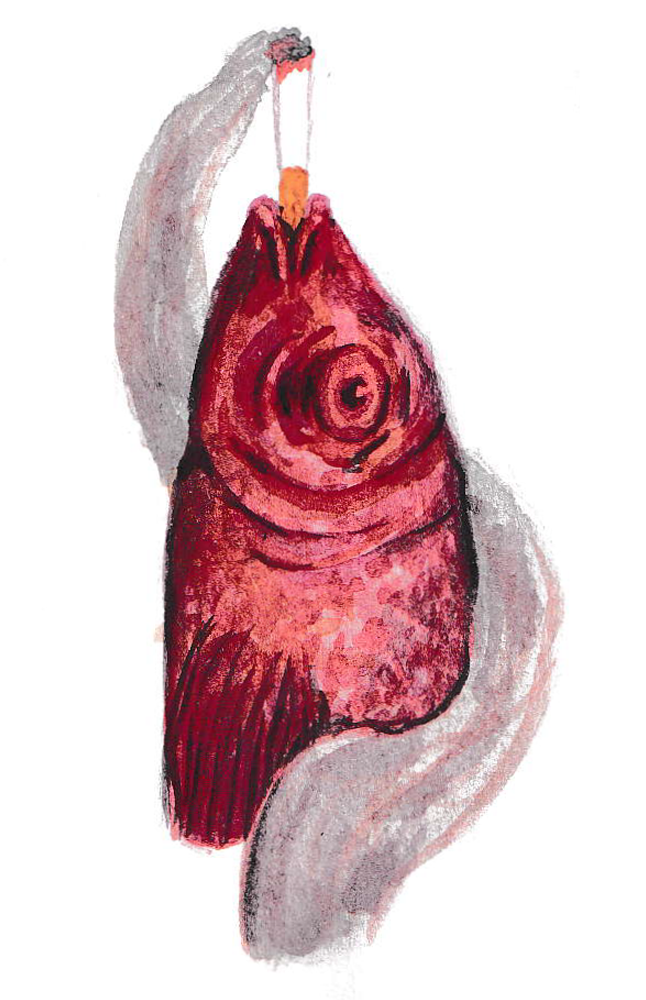What does Authentic mean?
- Natalya Thelen
- Sep 21, 2023
- 2 min read
Authentic not false or copied; genuine; real:
Who am I to decide whether something is authentic? I think that the moment something becomes authentic it has ticked off a multitude of generally accepted boxes. I am not “a general” and I have only been looking at some of these buildings actively for a very short amount of time.
To give an explanation about what the word means to me, I summoned a general description on my view on authenticity.
I think that the meaning of the word in itself has a lot to do with the culture of a city, aesthetics and the historical value.
Culture In a broad sense, culture refers to everything that a society produces and transmits, both materialand intangible. In a narrow sense, culture is a craft, art, religion and science, customs and customs, clothing, leisure activities and food supply.
Example within the context of authenticity:
I want to go to Brussel and I Google: Brussel. Something like this may pop up: Going on a city trip to Brussel?! Go and visit Manneke Pis2 for it is one of the most famous monuments of Belgium, you should see it when you’re there! And while you’re there visit the Royal Museums of Fine Arts of Belgium and have a nice wine after at Bar du Canal.
Aesthetics Is the branch of philosophy concerned with the nature of beauty and the nature of taste, and functions as the philosophy of art.
Example within the context of authenticity: Going to Maastricht? Oh, you really should see the Dominicanen Church4. You’ve never seen such a beautiful bookstore! In this conversation, it isn’t about the books in the bookstore but solely on the aesthetic of the building, that should make the visit worthwhile.
Historical Is knowledge acquired by investigation within the systematic study and documentation of the human past.
Example within the context of authenticity: The Roman Colosseum is one of the New Seven Wonders of the World and a must-see sight if you’re visiting Italy’s capital, the Eternal City.

Comments